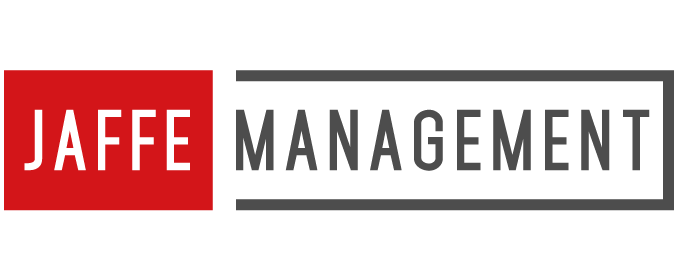04 Sep 2014 What Association Members Can Learn From Bill Gates
Millions of companies and executives worldwide look to Bill Gates for inspiration regarding success and profitability, and with good reason. His convictions regarding what makes or breaks a business have proven out in the marketplace time and time again.
Microsoft is a profit giant, but can association board members learn from Gates’ vast success there, too? The answer is yes. Gates’ business acumen provides sound models and wise caveats for the non-profit environment and association board members.
Internal Communications Drive Association Success
In an interview with the Wall Street Journal, Gates notes that communications in both the corporate and non-profit worlds tend to focus on reaching external audiences. Messages regarding an organizations purpose or “product” typically target the media and donors, but don’t keep board members in the loop. This can be a fatal error.
As the “lifeblood” of the organization, internal communications must be consistently updated and informed. Failure to share news internally with association board members, staffers, and members can balloon into major problems that can significantly damage the organization at its core. Lack of official communiques leads to information becoming distorted as it travels via word of mouth in the business equivalent of the children’s game of “Telephone.”
Without solid information to rely upon, an atmosphere of unease and distrust can develop. For example, if rumors of organizational changes trickle down to the staff, they may become fearful and resistant to a change they do not fully understand. In a worst case scenario, this misinformation may drive staffers and even top executives to jump ship, leaving the organization without its engine.
A comprehensive plan that demystifies internal communication, especially with regard to employee engagement, will keep everyone’s mind at ease. At Google, for example, their worldwide team of employees is kept in the loop about company developments at regularly scheduled open video town hall meetings. Just as at any town meeting, citizens – in this case, the Google employees – have an opportunity to pose questions and get answers from senior personnel.
Anticipating Changes in Your Association
It is inevitable that things will occur, either internally or externally, that can impact the direction of scope of an association’s operation. Some of those changes include:
- Decline in membership
- Loss of traditional funding sources
- Technology expenses that have increased making it no longer viable to use them to offer quality services
These changes happen slowly, not suddenly, and board members should actively seek information that will help keep their associations ahead of any game-changing disruptions. Take for example the case of Easter Seals which was founded in the 1930’s in eliminate polio. Twenty years late, a polio vaccine was introduced which might have spelled the end of Easter Seals. It didn’t.
Savvy board members who were monitoring developments in medicine saw the change coming and took action. They took action on what they knew to modify the goal of Easter Seals to serve people with development disabilities. The result: a robust and thriving Easter Seals organization that is still flourishing 70 years later.
This leads to Gates’ third cross-over concept: “Mind the mission, but don’t miss the opportunities.”
Tangential Development for Associations
A well-articulated mission — supported by a clear vision and solid values — is at the foundation of a successful profitable business or non-profit association. That being said, strict adherence to a stated mission can hobble an organization, keeping it from recognizing growth opportunities and ways to serve new or in-need constituencies.
To illustrate this point, Bill Gates talked about the development of the computer mouse. Though mouse technology had its birth in the R&D department at Xerox, the company did not move forward with its new discovery. Why? The corporate viewpoint was that Xerox was in the copier business, not the information services business. The money lost to that decision is incalculable.
Certainly it is important not to let new growth opportunities stretch resources to the breaking point. This means that boards are charged with maintaining a strategic “big picture” view that guards the core mission of the organization while remaining open to tangential development that could lead to future growth, success, and profitability.


